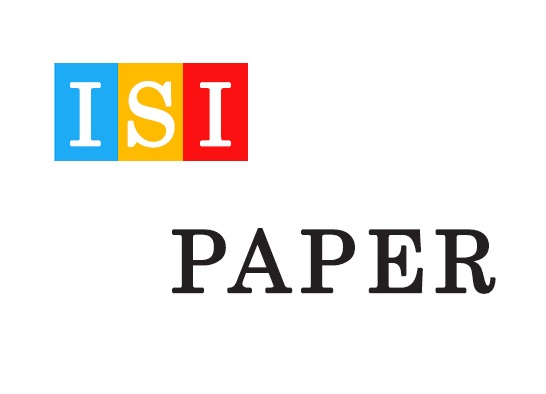دانلود رایگان مقاله ISI درباره تجزیه و تحلیل پوششی دادهها (DEA)، بازده ترکیبی و بازار سهام
دانلود رایکان مقاله انگلیسی ISI با موضوع استفاده از ارزیابی بازده ترکیبی DEA در انتخاب سهام

عنوان فارسی مقاله:
استفاده از ارزیابی بازده ترکیبی DEA در انتخاب سهام: یک برنامه کاربردی در بازار سهام کره ای
عنوان انگلیسی مقاله:
Use of DEA cross-efficiency evaluation in portfolio selection: An application to Korean stock market
دانلود رایگان مقاله ISI با فرمت PDF:
مشاهده توضیحات کامل و خرید ترجمه فارسی با فرمت ورد تایپ شده:
بخشی از مقاله انگلیسی :
5. Concluding remarks
The current paper has developed a new way of using DEA crossefficiency evaluation in portfolio selection under the MV framework. This development is motivated by the observation that the traditional simple use of cross-efficiency scores in portfolio selection per se suffers from the problem of ill-diversification of resulting portfolios. This poor diversification problem is exacerbated due to the ganging-together phenomenon of DEA cross-efficiency evaluation. We have found that this issue arises because the simple use of cross-efficiency evaluation in portfolio selection fails to consider inter-DMUs risk involved in a portfolio with respect to change in weights (DEA multipliers) although it can effectively reduce individual DMU risk. We have addressed this issue by incorporating DEA cross-efficiency evaluation into the MV framework where these two types of risk are collectively considered. We have illustrated the proposed approach by applying it to stock portfolio selection in the Korean stock market and showed that the selected portfolio yielded higher risk-adjusted returns over other benchmark portfolios for the 9-year sample period. While this case study empirically supports the effectiveness of the proposed approach for stock portfolio selection, it should be noted that it is only for the purpose of illustration of the proposed approach. We need to perform a more thorough investigation with a wider range of data and various choices of parameter values (S and c) to fully justify its use for financial applications. Considering the current paper is primarily for a theoretical model development, we would like to leave this subject as a future (more applicationoriented) research topic.


